Discover Your Roots
SIGN UPDiscover Your Roots
SIGN UPBabe is an American gender-neutral name that holds the endearing meaning of "Baby." It is often used as a term of endearment and can also refer to a newborn baby or an attractive person, particularly female. The name Babe has been associated with notable individuals such as Jerome Babe, an American inventor and miner, and Thomas Babe, an American playwright. In popular culture, it has been featured in various forms of entertainment, including the 1995 Australian film "Babe" and its sequel "Babe: Pig in the City," as well as in music with songs such as "Babe" by Styx and "Babe" by Sugarland. Additionally, Babe has been used in geographical references and as a name for organizations and products. Whether as a name or a term of endearment, Babe exudes a sense of warmth and affection.
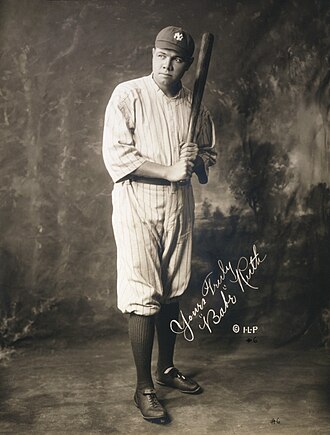
George Herman "Babe" Ruth, born on February 6, 1895, was a legendary American professional baseball player known for his exceptional career in Major League Baseball (MLB) that spanned from 1914 to 1935. Initially a star left-handed pitcher for the Boston Red Sox, Ruth gained widespread fame as a slugging outfielder for the New York Yankees, earning the nicknames "the Bambino" and "the Sultan of Swat." Renowned as one of the greatest sports heroes in American culture, Ruth's legacy endures as many consider him the greatest baseball player of all time. Inducted into the Baseball Hall of Fame in 1936, Ruth's impact on the sport was profound, marked by his record-breaking achievements and pivotal role in popularizing baseball during the live-ball era. His remarkable career saw numerous accolades, including leading the American League in home runs twelve times and contributing to seven AL pennants and four World Series championships for the Yankees. Despite his on-field prowess, Ruth's off-field lifestyle, marked by alcohol and womanizing, often attracted intense media and public scrutiny. Following his retirement, he continued to make public appearances and support American efforts during World War II. Tragically, Ruth succumbed to nasopharyngeal cancer in 1948, leaving behind a lasting legacy in American culture and sports history.
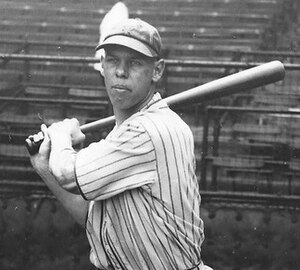
Floyd Caves "Babe" Herman (June 26, 1903 – November 27, 1987) was a renowned American professional baseball player and scout. His career spanned from 1926 to 1945, during which he played as a right fielder for various Major League Baseball (MLB) teams, most notably the Brooklyn Dodgers. Herman was celebrated for his exceptional hitting prowess, amassing a career batting average of .324 and setting numerous franchise records for the Dodgers. Notably, his achievements include a .393 batting average, .678 slugging percentage, 241 hits, and 416 total bases in the 1930 season, all of which remain as Dodgers franchise records. Despite occasional baserunning mishaps and defensive lapses, Herman endeared himself to Brooklyn fans with his colorful personality and humorous malapropisms. Following his playing career, he transitioned into scouting, serving various organizations including the Pittsburgh Pirates, Philadelphia Phillies, New York Mets, New York Yankees, and San Francisco Giants. Herman's impact on baseball, both on and off the field, solidified his legacy as a beloved figure in the sport. Born in Buffalo, New York, and raised in Glendale, California, Herman's journey from minor league teams to the pinnacle of MLB is a testament to his dedication and talent, leaving an indelible mark on the history of baseball.
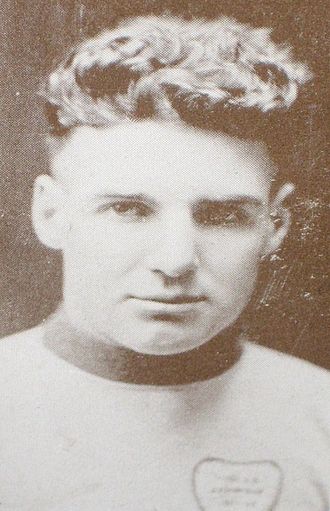
Cecil Henry "Babe" Dye (May 13, 1898 — January 3, 1962) was a renowned Canadian professional ice hockey forward who left an indelible mark on the National Hockey League (NHL) during his 11-season career. Born in Hamilton, Ontario, Dye was celebrated for his exceptional stick-handling and goal-scoring prowess. His professional journey commenced with the Toronto St. Patricks in 1919, where he swiftly rose to prominence and became the NHL's point-scoring leader in the 1922–23 and 1924–25 seasons. Dye's remarkable achievements led to his induction into the Hockey Hall of Fame in 1970, solidifying his status as a legendary figure in ice hockey. Notably, he clinched a Stanley Cup with the St. Patricks in 1922 and held several NHL records that have stood the test of time. Beyond ice hockey, Dye also showcased his athletic versatility by playing professional baseball and Canadian football. His extraordinary impact on the sporting world continues to inspire and captivate enthusiasts, cementing his legacy as an iconic figure in Canadian sports history.
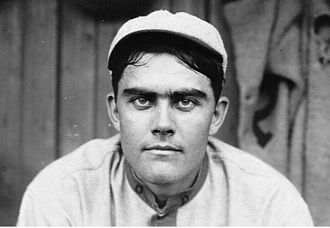
Charles Benjamin "Babe" Adams (May 18, 1882 – July 27, 1968) was a renowned American right-handed pitcher in Major League Baseball (MLB) known for his exceptional control and impressive career statistics. Spending the majority of his career with the Pittsburgh Pirates, Adams achieved notable records and accolades, including a career average of 1.29 walks per 9 innings pitched, which was the second lowest of the 20th century, and a modern record of 1 walk per 14.6 innings in 1920. His career victories, shutouts, and games pitched for the Pirates solidified his status as a key player in the team's history. Born in Tipton, Indiana, Adams was discovered by a Missouri-based scout and began his professional baseball journey with the Parsons Preachers of the Missouri Valley League in 1905. His MLB debut came in 1906 with the St. Louis Cardinals before joining the Pirates in September 1907. Notably, Adams became the star of the 1909 World Series, securing three complete game victories and a shutout in Game 7, making him the first rookie in World Series history to accomplish this feat.Following his playing career, Adams managed in the minor leagues, worked as a reporter and foreign correspondent during World War II and the Korean War, and farmed in Mount Moriah, Missouri. He passed away at the age of 86 due to throat cancer. Adams
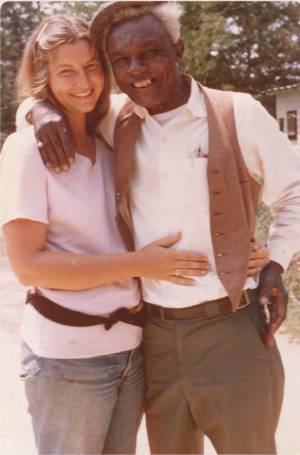
Babe Stovall, born Jewell Stovall on October 14, 1907, was a renowned American Delta blues singer and guitarist. Hailing from Tylertown, Mississippi, Stovall developed a passion for music at a young age, mastering the guitar by eight. His unique guitar style was heavily influenced by the legendary Tommy Johnson, whom he encountered in Mississippi around 1930. In 1964, Stovall made his way to New Orleans, where he captivated audiences with his performances in the French Quarter. Not only was he a talented musician, but he also mentored young white artists, imparting traditional country blues tunes and guitar techniques. Stovall's distinct flair for performance included playing his guitar at the back of his neck and delivering powerful vocals that resonated with all those in earshot. His musical legacy is preserved through recordings like "Babe Stovall" and "The Babe Stovall Story," showcasing his timeless artistry. Additionally, his collaboration with Bob West produced "The Old Ace: Mississippi Blues & Religious Songs," a testament to his enduring impact on the music scene. Stovall's influence even extended to inspiring the character "Mr. Bojangles" in Jerry Jeff Walker's work. His performances at renowned venues such as the Dream Palace Bar and The Quarum club solidified his status as a beloved musician, and he graced the stage at the inaugural five New Orleans Jazz & Heritage Festivals until his passing
All images displayed on this page are sourced from Wikipedia or Wikimedia Commons.We use these images under their respective Creative Commons or public domain licenses. Wherever applicable, author attributions and license information are provided. If you believe an image is used incorrectly or outside its license terms, please contact us so that we can review and correct the issue.